Exploring ION – – Local Folks and Silver City
Some of the most charming and genuine people we’ve ever met are to be found right here in this little back-country section of Oregon/Idaho.
I don’t want to be misunderstood – – we’ve gotten to meet a LOT of great people in our varied travels, and wonderful folks are to be found everywhere we go. But here in the rural cattle country, surrounded by ranches and fields and little else, there seems somehow to be a larger percentage of friendly, gracious people. Folks young and old stand up straight, talk to you with a smile, offer help at the drop of a hat. Youngsters seem more respectful, better behaved, maybe a bit less rambunctious.
I shouldn’t overstate this on the basis of only a week’s exposure out in these parts, so I won’t belabor the point. Let’s just leave it that both Karin and I got the impression(s) often enough and strongly enough for me to mention it.
BASQUE DAY
The Basques have a rich history in many parts of the west. They’re known best for being the world’s top shepherds, and many came over to manage sheep-raising operations. But the Basques held many other positions in these communities, and their heritage remains today.
One of the most striking elements in a Basque community is the Pelota court (handball). This cross between racquetball, handball, and jai-alai can be found right along with the town square in many places; Jordan Valley is one of them.
We had just happened to visit the town when one of the celebrations was taking place, and we, along with a bunch of locals, got to see some live Pelota games. The one we watched was doubles. It starts out with a WHACK from the wooden paddle on a hard rubber ball the size of a shrunken racquetball.
Then, as in tennis, the partners jockey around for their shots. A hit below the foul line on the far wall is a fault.
The game goes to a pre-agreed number of points, and the losers (I’m guessing) buy the beers.
After the Basque Pelota game, we stopped by the charming Catholic church, where Karin made a brief acquaintance with the local priest. Like many rural priests, he had a large area to cover, holding Mass at other locations including a prison.
Then, upon a hearty recommendation from the gal at the hardware store, we launched for Silver City.
SILVER CITY
Silver City has a rich, colorful history, and I won’t bother to detail much of it here. You can find out more on several web sites. Like many mining towns, it had a huge boom and a near catastrophic bust. But unlike most mining towns, it’s still occupied, and pretty much operational.
After the end of the paved road from Jordan Valley, the dirt road works its way along Trout Creek, making the riparian environment a lovely traveling companion. The Plateau grass and sage give way to forested hills and a decidedly different look.
After leaving Trout Creek, the road cuts across the Owyhee Mountains western foothills and joins the Jordan Creek.
A few miles before Silver City, we encountered the “town” of Delamar. This is it. A shack, festooned by paraphernalia, a quad, and an old man sitting out front. Firewood. Outhouse. What had we done?
Here’s a Delemar neighbor. Drafty.
But no worries, eventually (total of 25 miles or so), the township of Silver City comes into view. Quite a change from Delamar. Some old buildings, some new, some restored, it’s an eclectic collection.
Coming down the main road into town, we discovered that a winter watchman is always in residence. Apparently, one with a sense of humor as well. The area, remote as it is, still had some issues with vandalism – – so a watchman has been on duty since about 2010. The watchmen (or watch-couples) live in town full-time all winter. They see people (residents, snowmobilers) only on the weekends if at all. But they have DirecTV, satellite Internet, water, heat, and light. They all say they love it, and that they get a lot of reading done. I believe it.
Some of the best-restored and prettiest buildings are the old church – – –
The hotel – – –
And the schoolhouse – – –
We decided to have lunch in the Hotel. It was the last weekend of their season, and although we’ve had poor luck eating out (we have somewhat demanding dietary preferences), we figured we’d give it a chance.
What a great surprise. The freezing ante-room was followed by a toasty-warm, wood-stove-heated dining area. A hundred-year-old bar filled one side of the room with charm and memorabilia. Tasty, reasonably priced food, and (OMG) a gluten-free bread selection!!! Astonishing.
After lunch, we just walked around town and took in the essence of it all. It’s a hilly place, with little streets and trails everywhere, and no two buildings alike in any way. These shots are from all different elevations and angles, and kind of narrate themselves – – –
All the old mineshafts are well-covered and locked up, for good reason. “Look, but don’t fall”.
A small gift shop (to the right) is one of the two remaining businesses in town. The Hotel is the other one. In Silver City’s heyday, there were 142 separate business concerns. Something like $13 billion (today’s dollars) went through this town before all the mining played out.
Wild apples grow here and there…
Some of the oldest stuff is hanging around right next to newly-restored (or preserved) structures.
Here’s an “estate” on a hill.
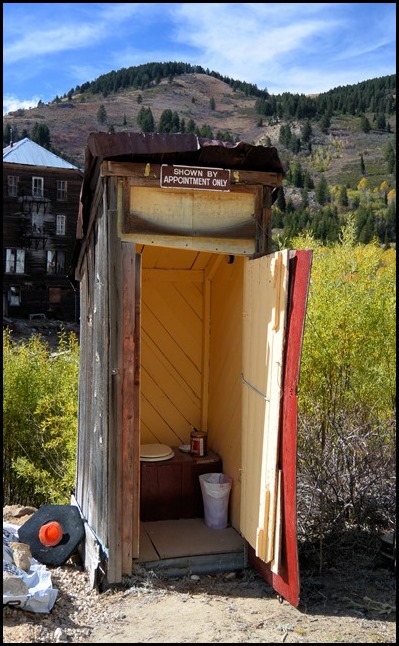 Always a little bit of humor to be found, and what’s funnier than outhouse humor? That’s right, nothing.
Always a little bit of humor to be found, and what’s funnier than outhouse humor? That’s right, nothing.
It’s worth noting that almost every occupied house has an outhouse, suggesting that inside plumbing is either expensive or impossible. We never learned the particulars on this aspect of life in Silver City.
Far less humor is to be found in a graveyard. The Silver City cemetery, like all pioneer cemeteries, has a hundred tales of its own to tell. Names on the stones mirror street names in the area, or ranches that we’ve passed by. Tiny headstones tell of short lives mourned; some have only one date on them (birth/death the same). So many people and lives have gone before us, and it always makes us so exquisitely aware of the chimera that is life.
The trip to Silver City was pretty fun, both for the journey in, and the town itself. The history and the old/new buildings gave us a finer appreciation of the life and lives of people hardy enough to reside way up there.
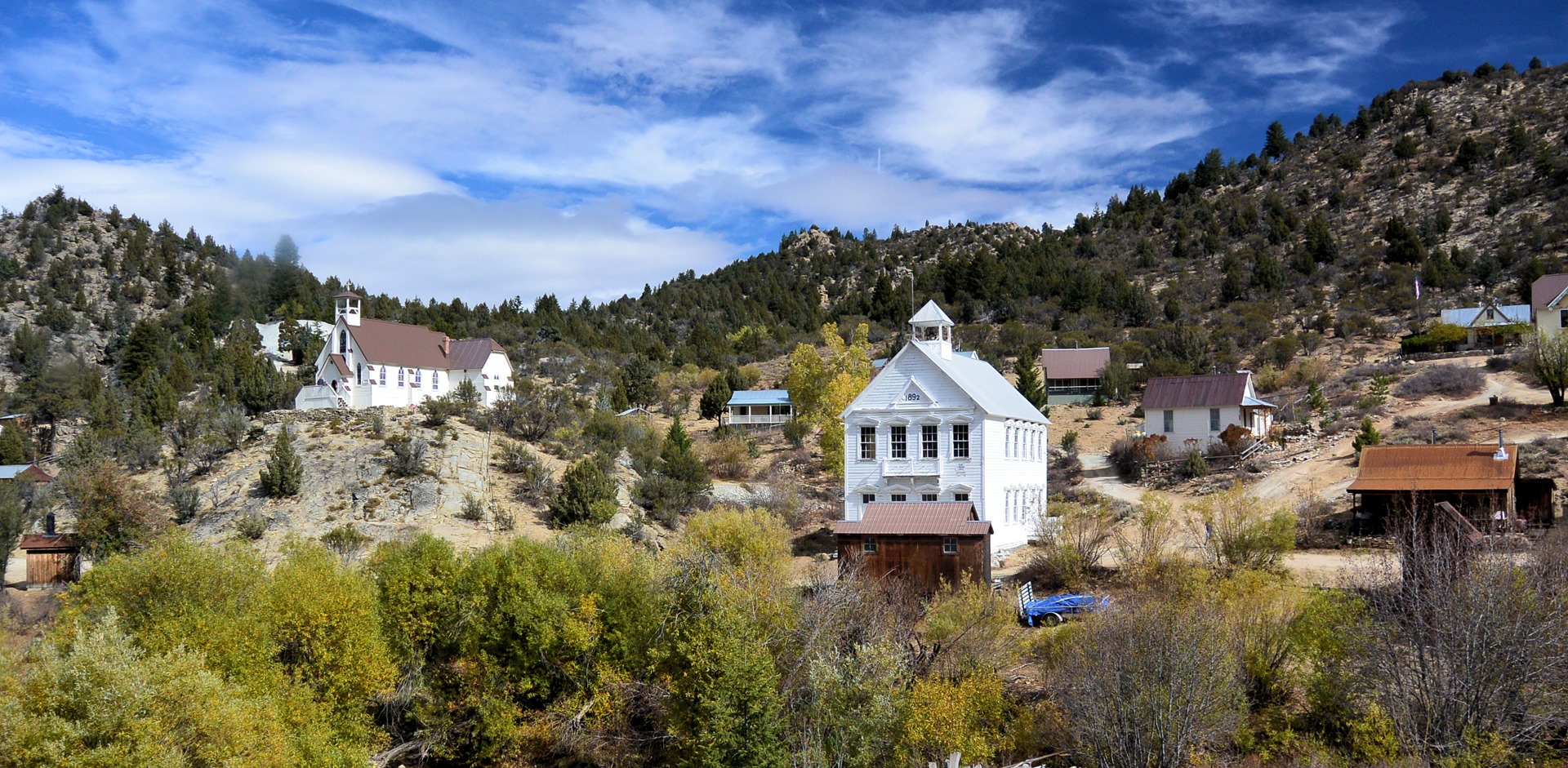
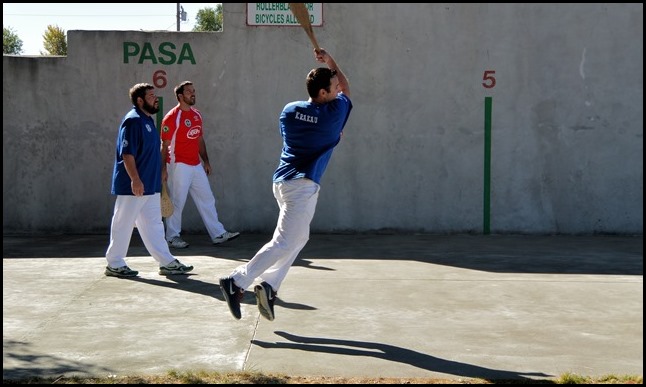
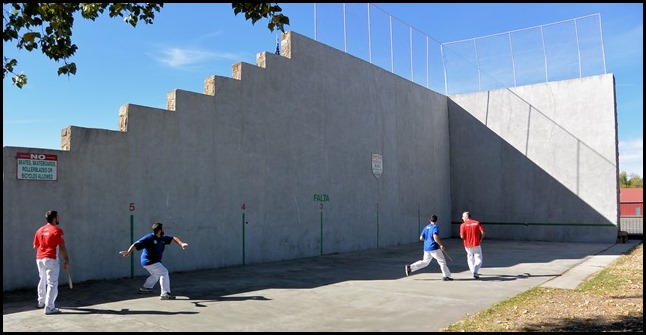
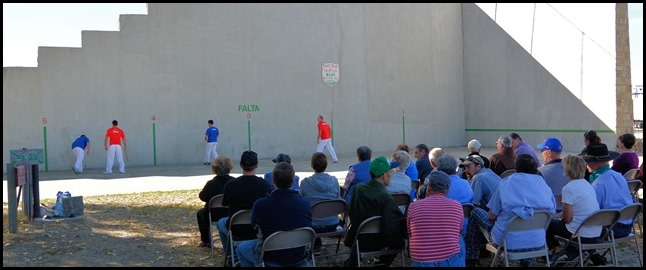
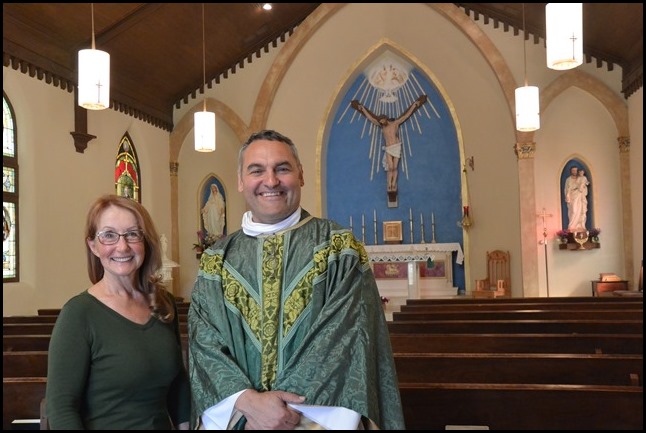
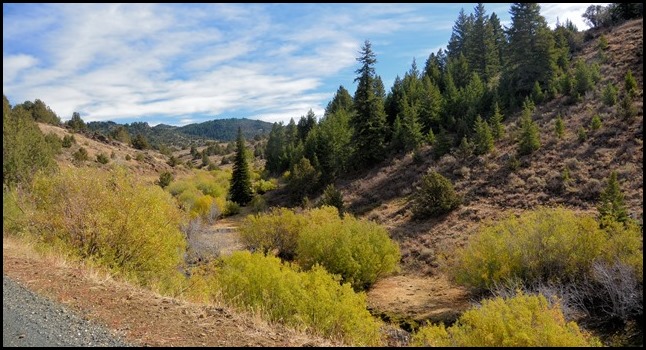
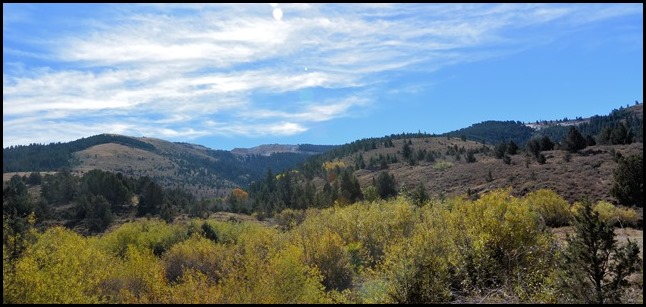
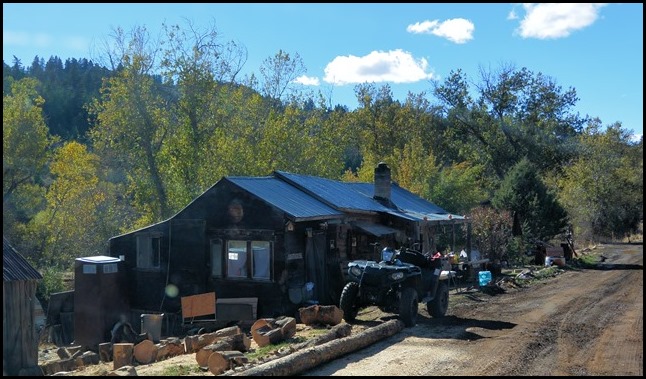
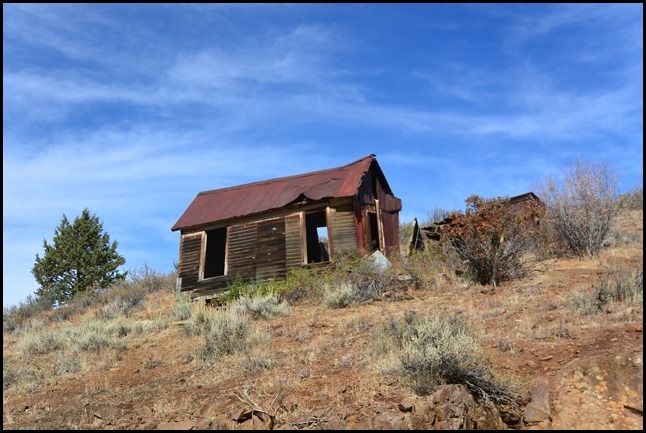
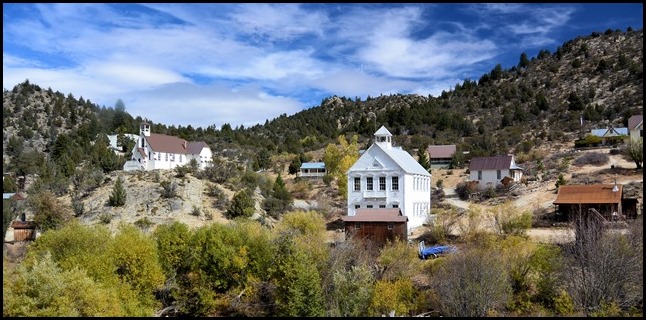
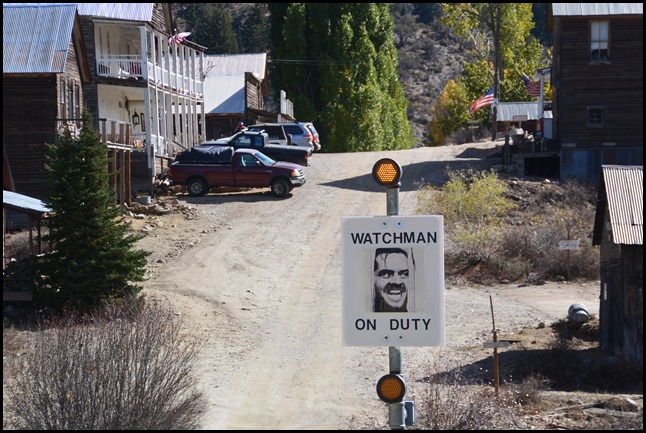
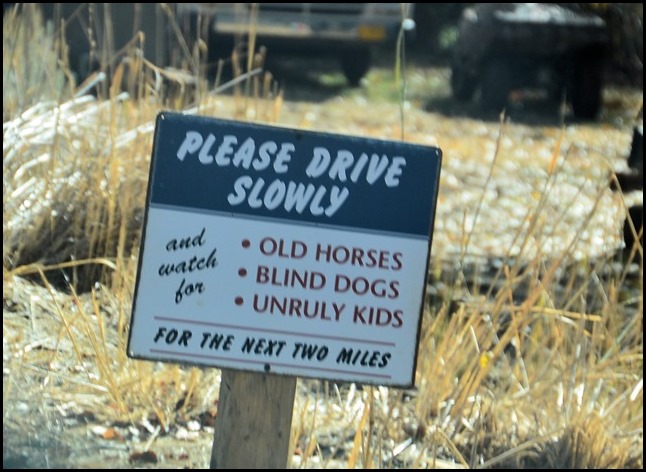
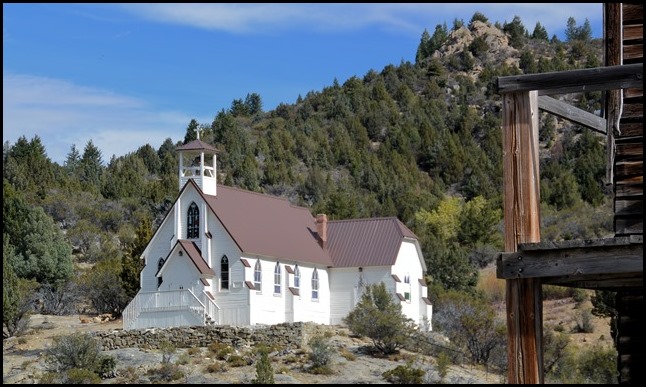
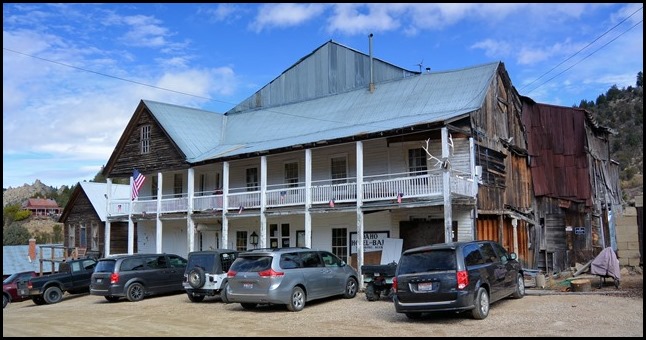
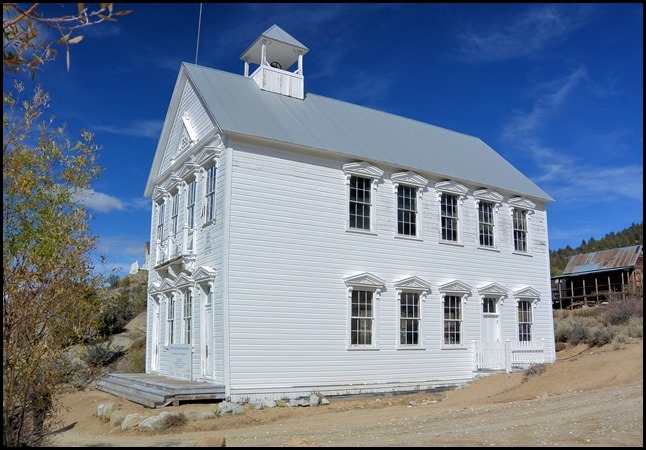
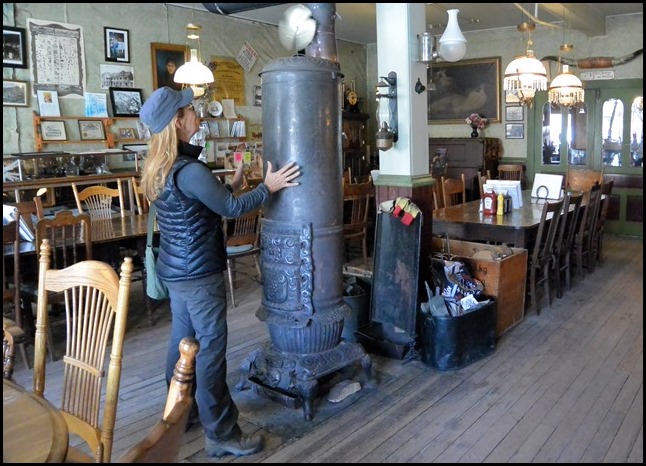
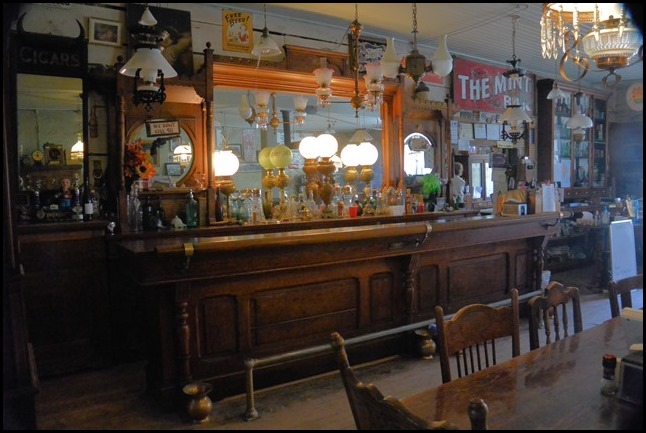
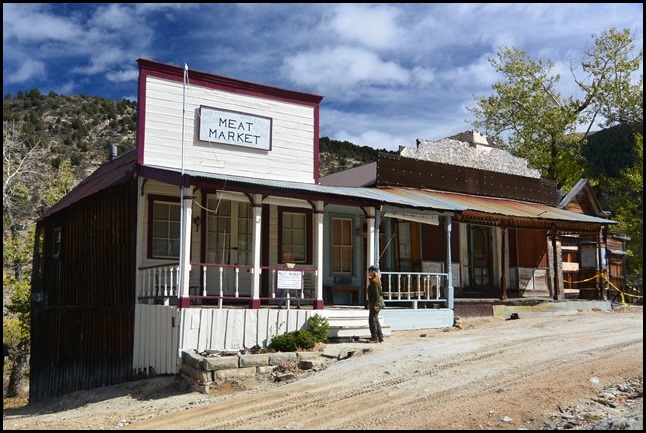
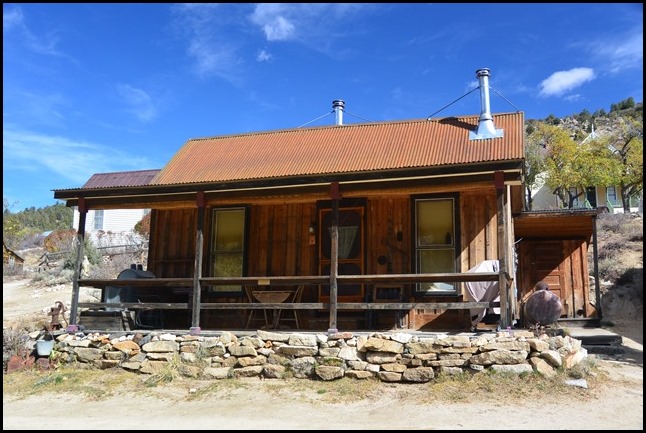
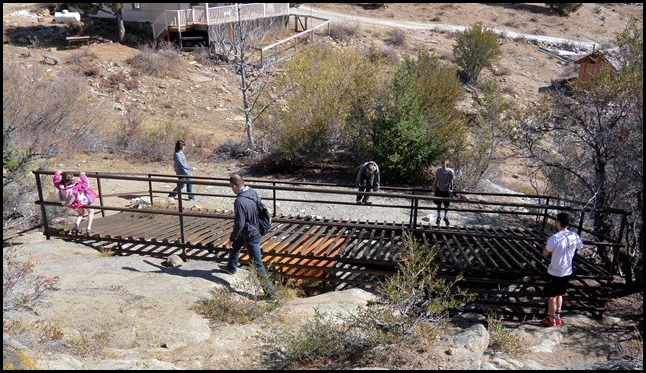
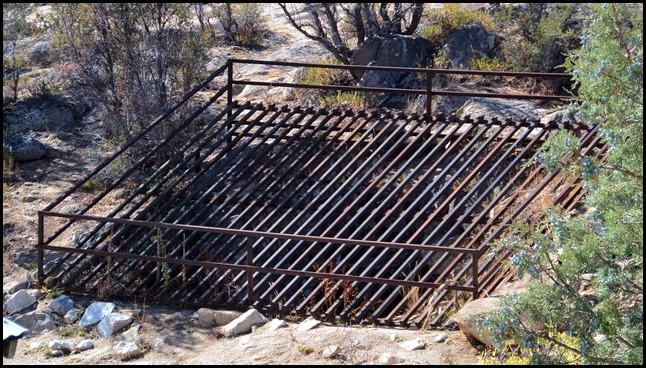
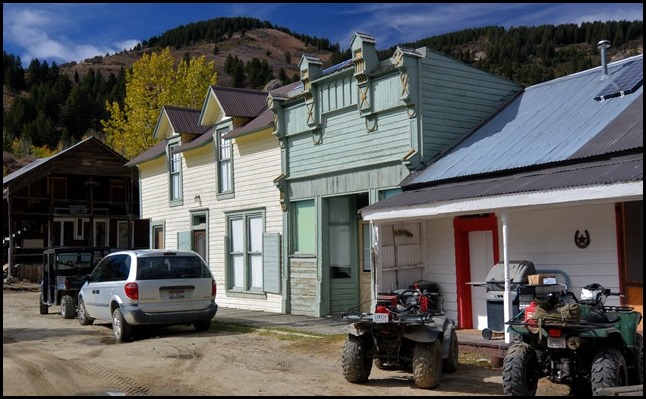
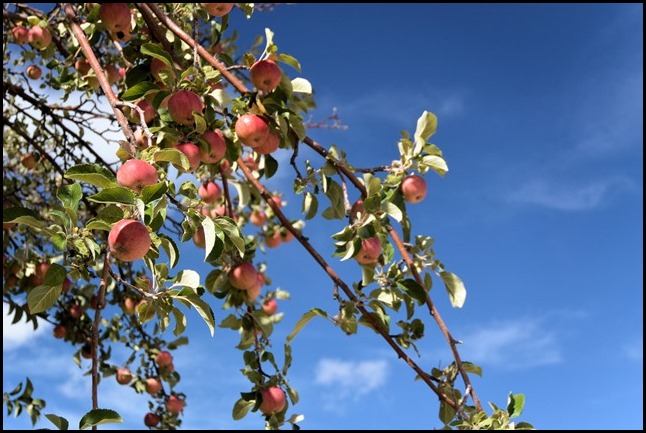
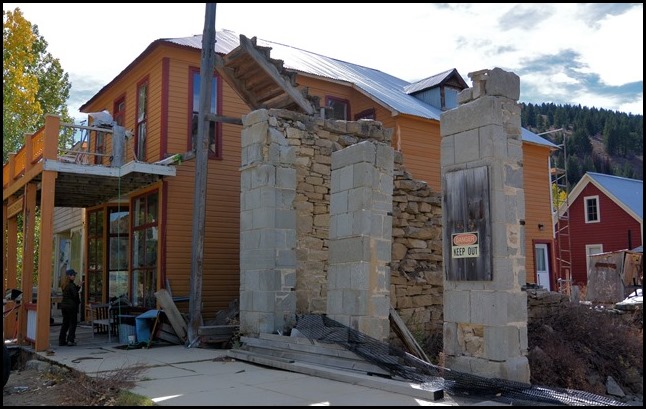
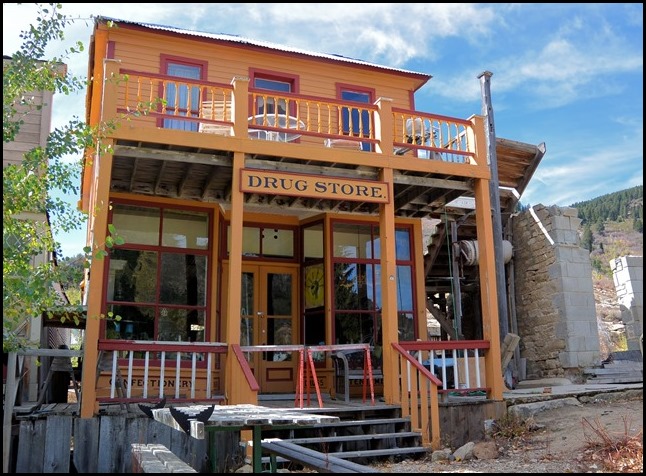
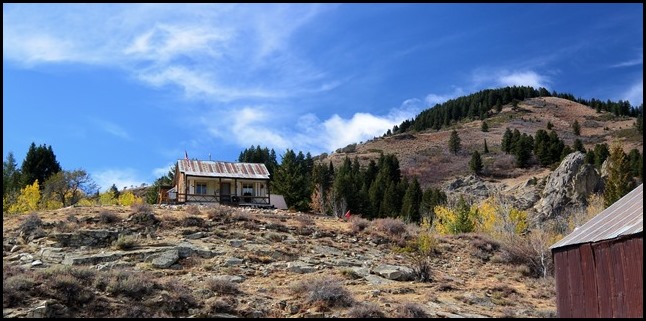
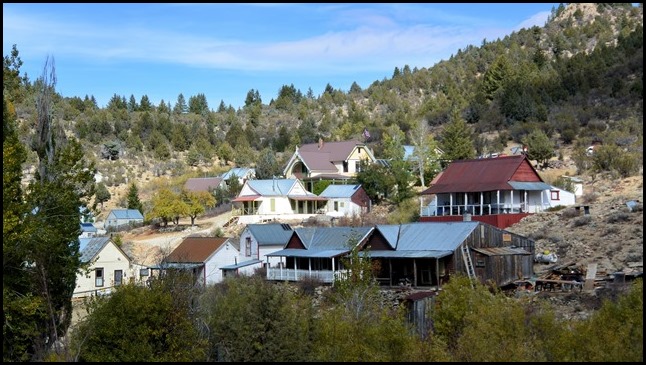
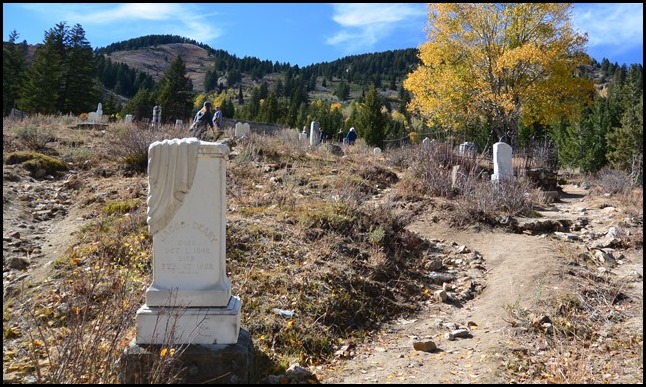
Comments
Exploring ION – – Local Folks and Silver City — No Comments
HTML tags allowed in your comment: <a href="" title=""> <abbr title=""> <acronym title=""> <b> <blockquote cite=""> <cite> <code> <del datetime=""> <em> <i> <q cite=""> <s> <strike> <strong>